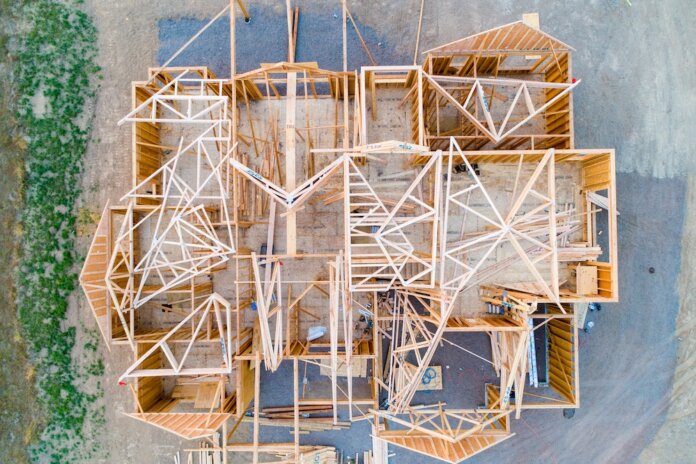Housing starts were at a seasonally adjusted annual rate of 1.793 million in March – an increase of 0.3% compared with February and an increase of 3.9% compared with March 2021, according to estimates from the U.S. Census Bureau and the U.S. Department of Housing and Urban Development.
Starts of single‐family, detached homes were at a rate of 1.2 million, a decrease of 1.7% compared with February, while starts of multifamily homes (five units or more per building) were at a rate of 574,000, an increase of 7.5% compared with the previous month.
Regionally, and year over year, combined single-family and multifamily starts were up 17.3% in the Northeast, 6.6% in the Midwest, 11.2% in the South and 7.5% in the West.
Building permits were also up in March – they were at a seasonally adjusted annual rate of 1.873 million, an increase of 0.4% compared with February and an increase of 6.7% compared with March 2021.
Regionally, and on an annual basis, permits were up 5.5% in the Northeast, 4.0% in the Midwest, 7.5% in the South and 4.9% in the West.
Permits for single‐family detached homes were at a rate of 1.147 million, a decrease of 4.8% compared with February. Permits for multifamily homes (five units or more per building) were at a rate of 672,000, an increase of 10.9% compared with the previous month.
Housing completions were at a rate of 1.3 million, a decrease of 4.5% compared with February and down 13.0% compared with March 2021.
Home construction is expected to slow, in the coming months, due to the rising cost of building materials, supply chain issues, lack of skilled labor and waning demand for new homes due to rising mortgage interest rates.
“Higher mortgage interest rates and rising construction costs are pricing buyers out of the market, and these higher costs are particularly hurting entry-level and first-time buyers,” says Jerry Konter, chairman of the National Association of Home Builders (NAHB). “Policymakers must address building supply chain disruptions to help builders bring down construction costs and increase production to meet market demand.”
“The shift in affordability can be seen in the March data with strength for multifamily construction and some weakness for single-family permits,” adds Robert Dietz, chief economist for NAHB. “Our builder surveys show that confidence levels in the single-family market have declined for four straight months as affordability conditions continue to worsen, and this is a sign that single-family production will face challenges moving forward.”
“Builders continue to face supply chain disruptions that have pushed prices for building materials higher, as well as a shortage of skilled labor, materials, and lots that make it difficult to increase the pace of construction,” says Odeta Kushi, deputy chief economist for First American. “Builders have a backlog of uncompleted homes to get through before they can break ground on new projects. In March, there were 811,000 single-family units under construction (SA), the highest level since 2006.”
“In addition to supply chain disruptions, builders are growing concerned about declining affordability,” Kushi adds. “In February 2022 , the average 30-year, fixed mortgage rate stood at 3.8 percent and now it’s above 5 percent. The increase in rates since February has reduced consumer house-buying power by $60,000.”
Photo: Avel ChuklanovHire











